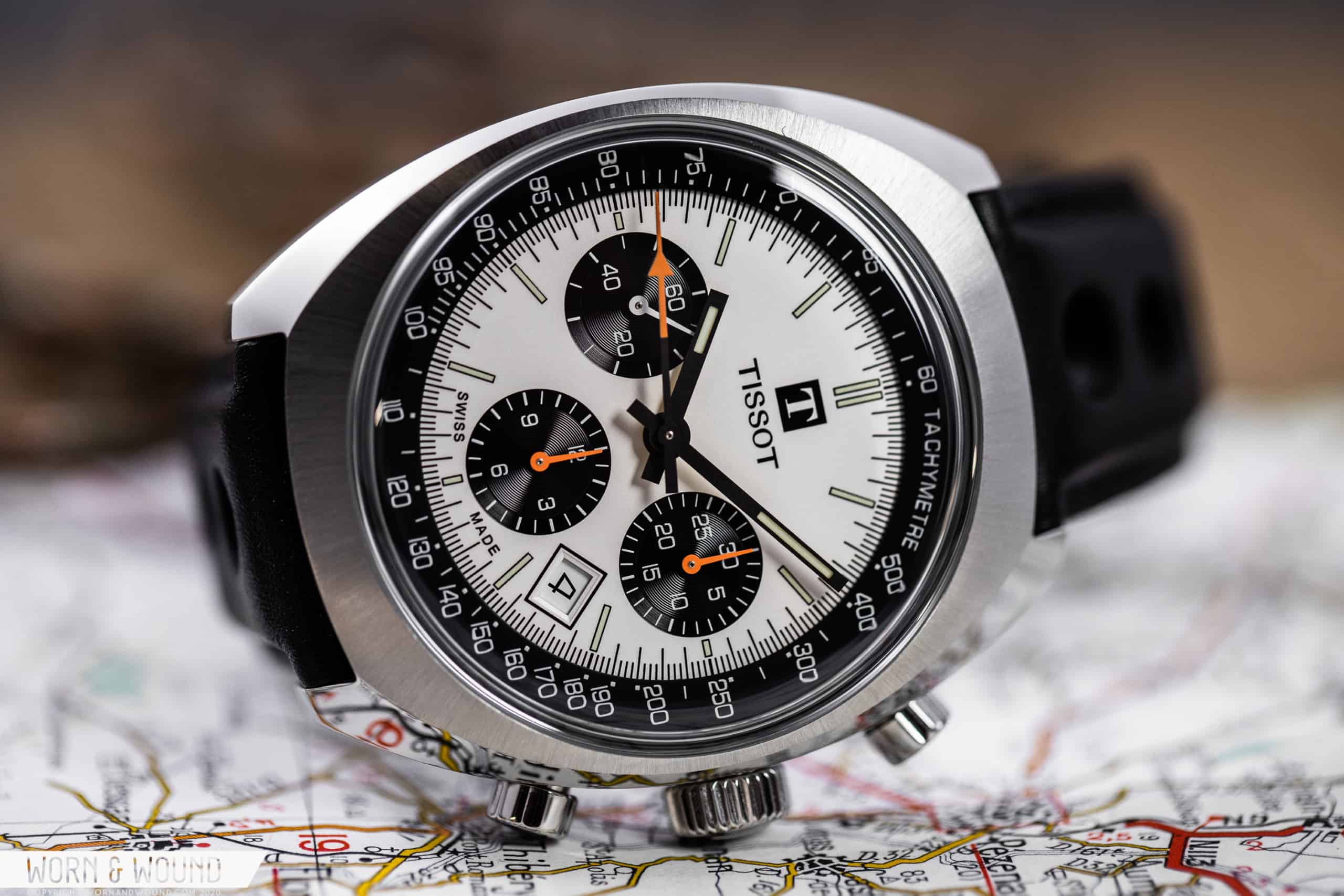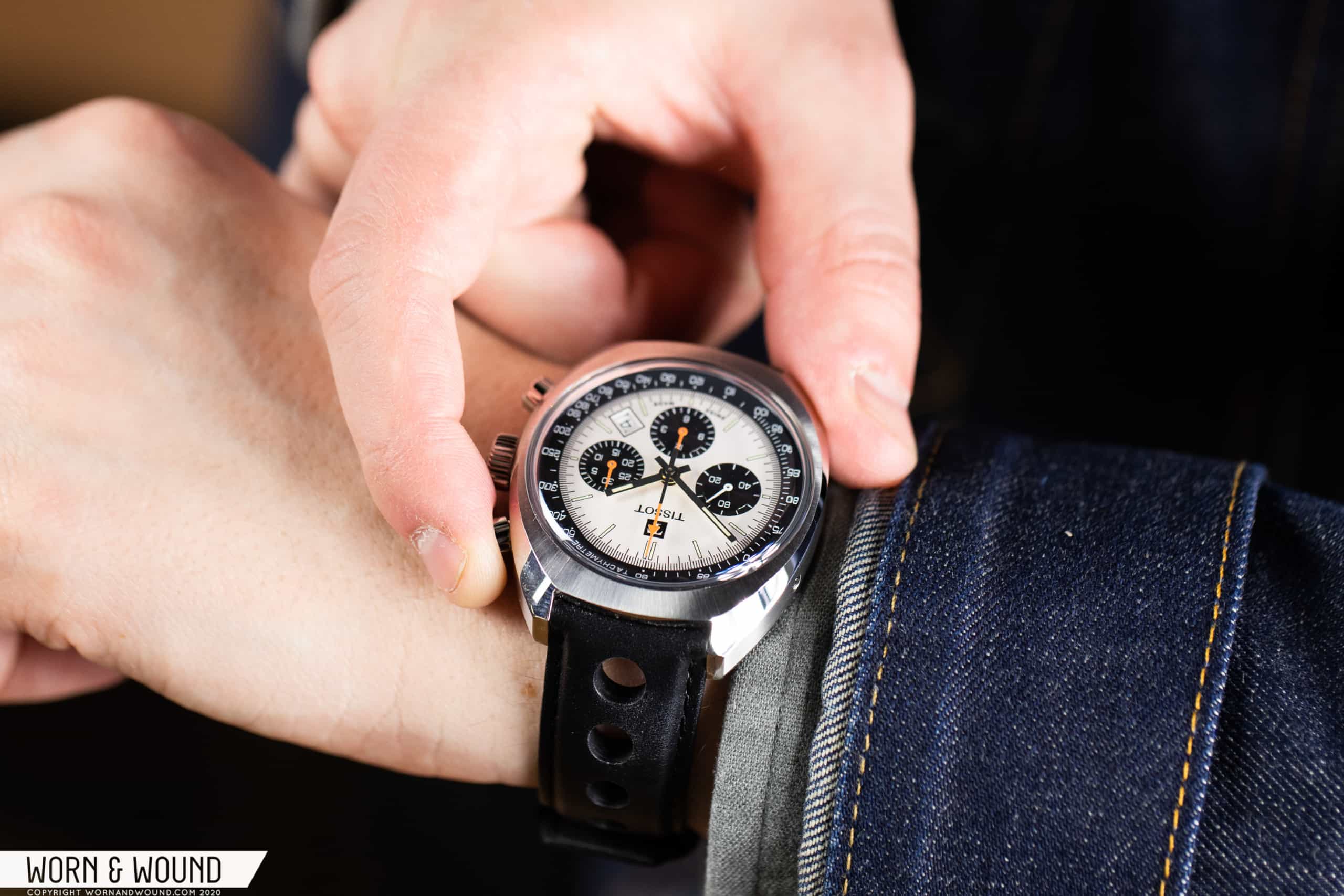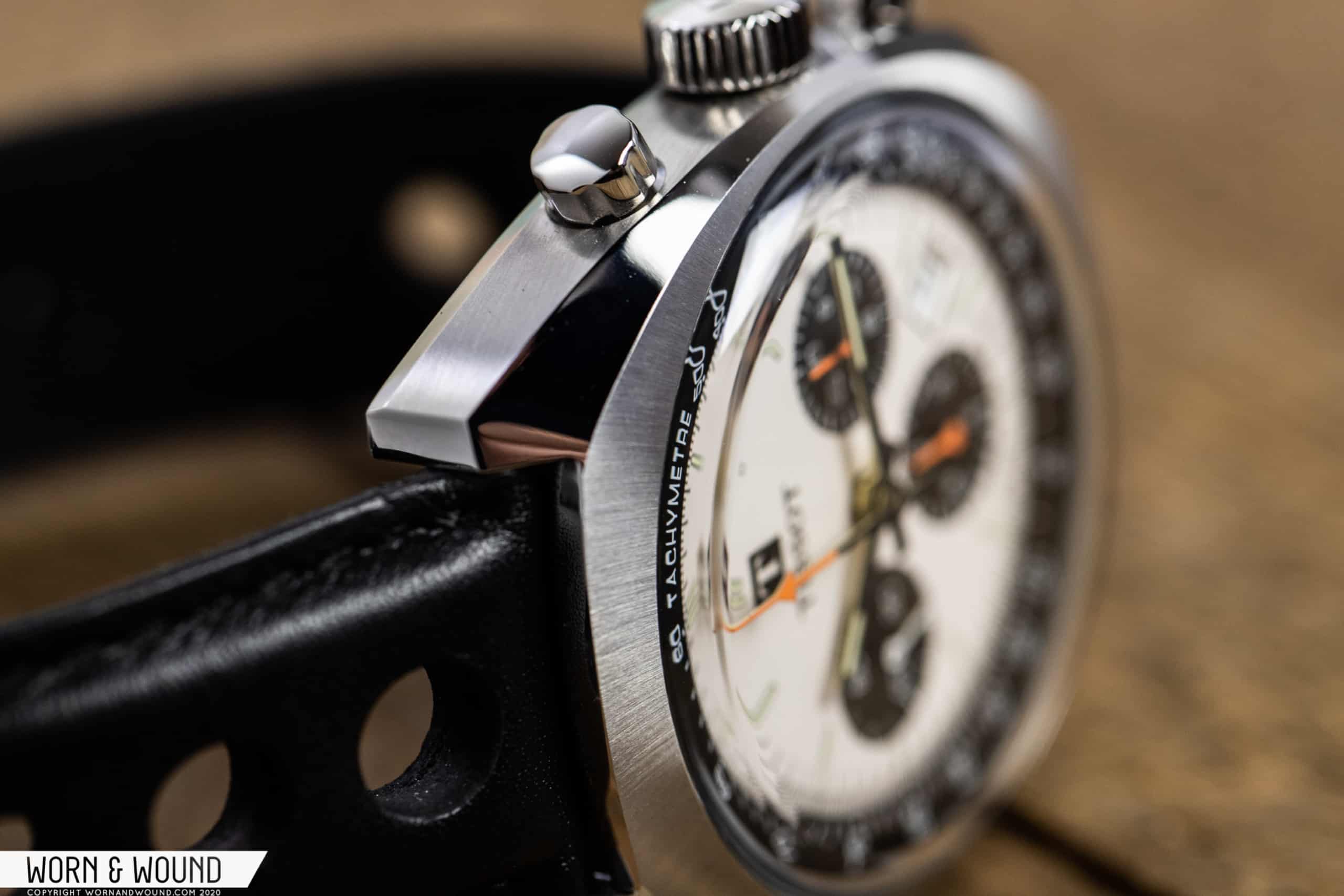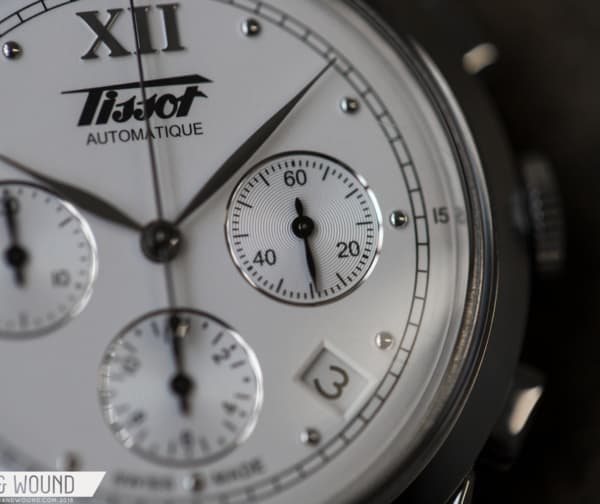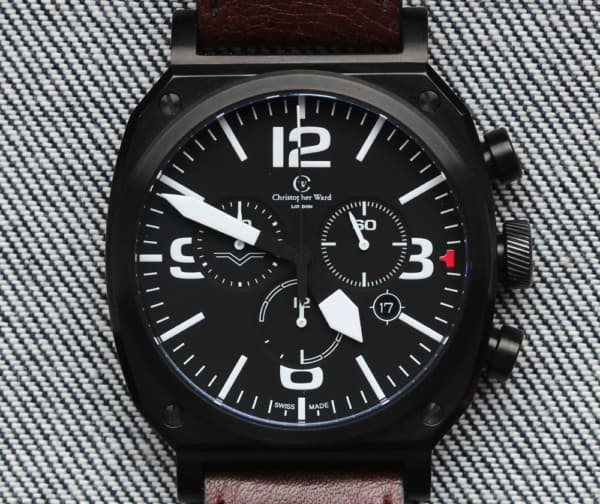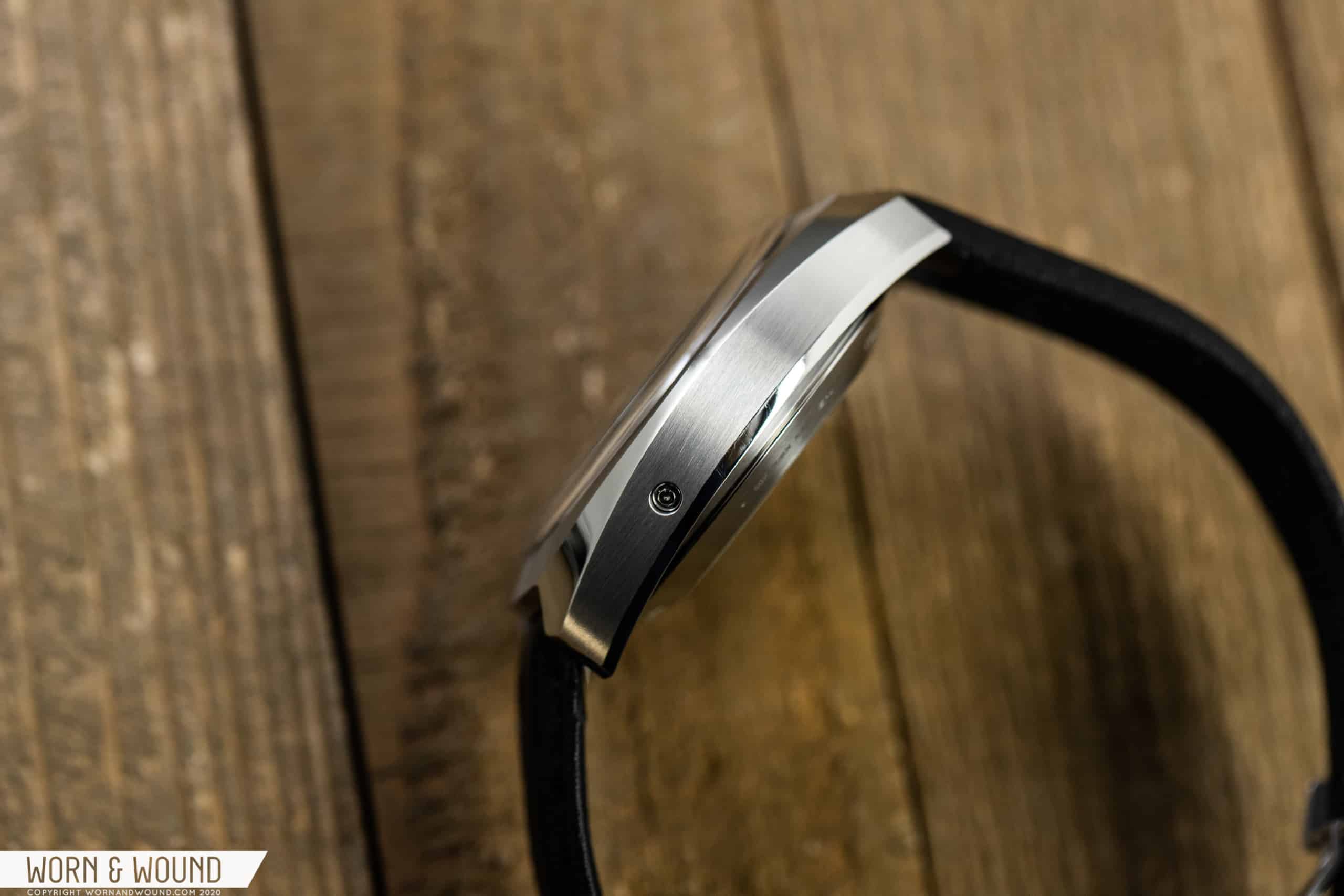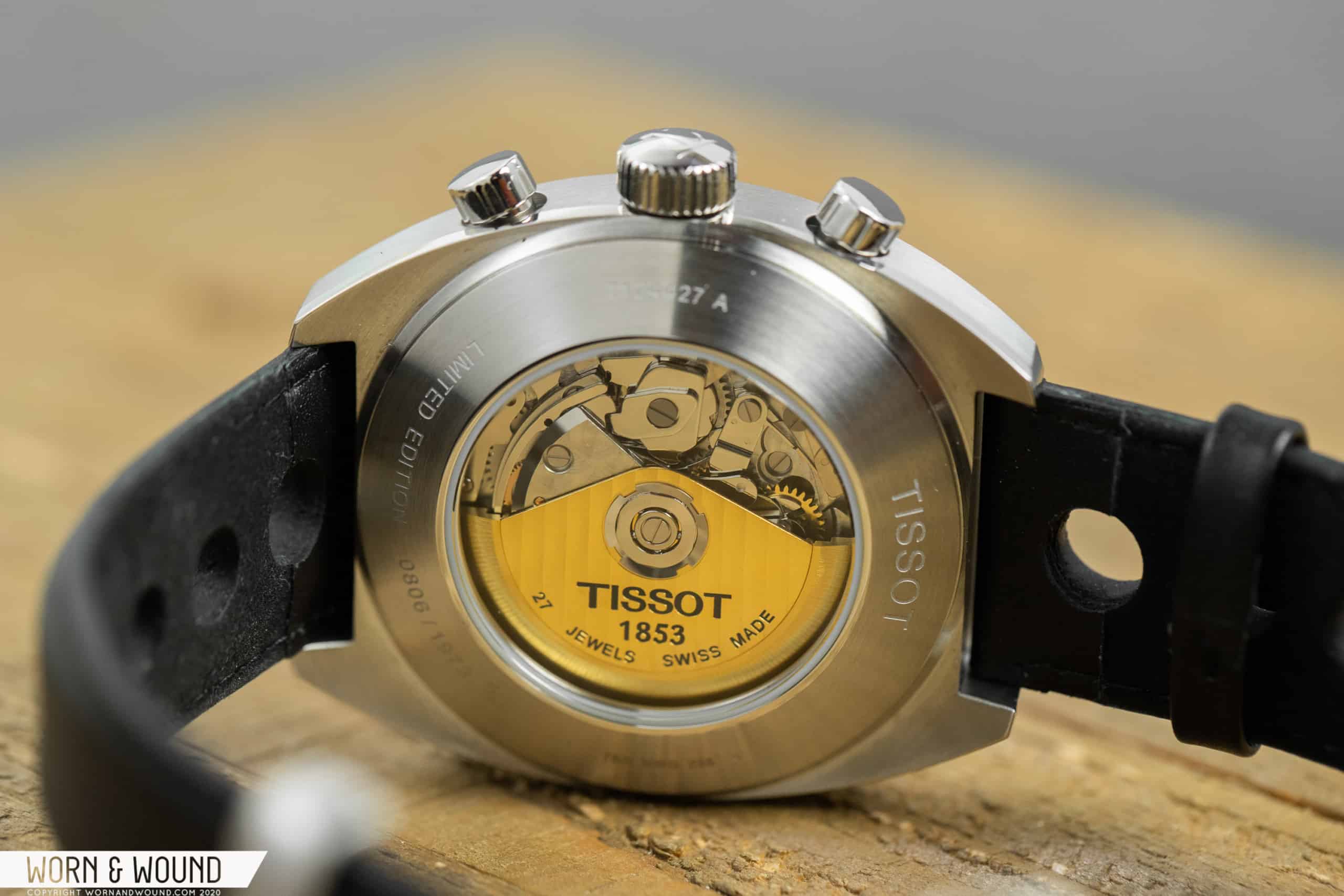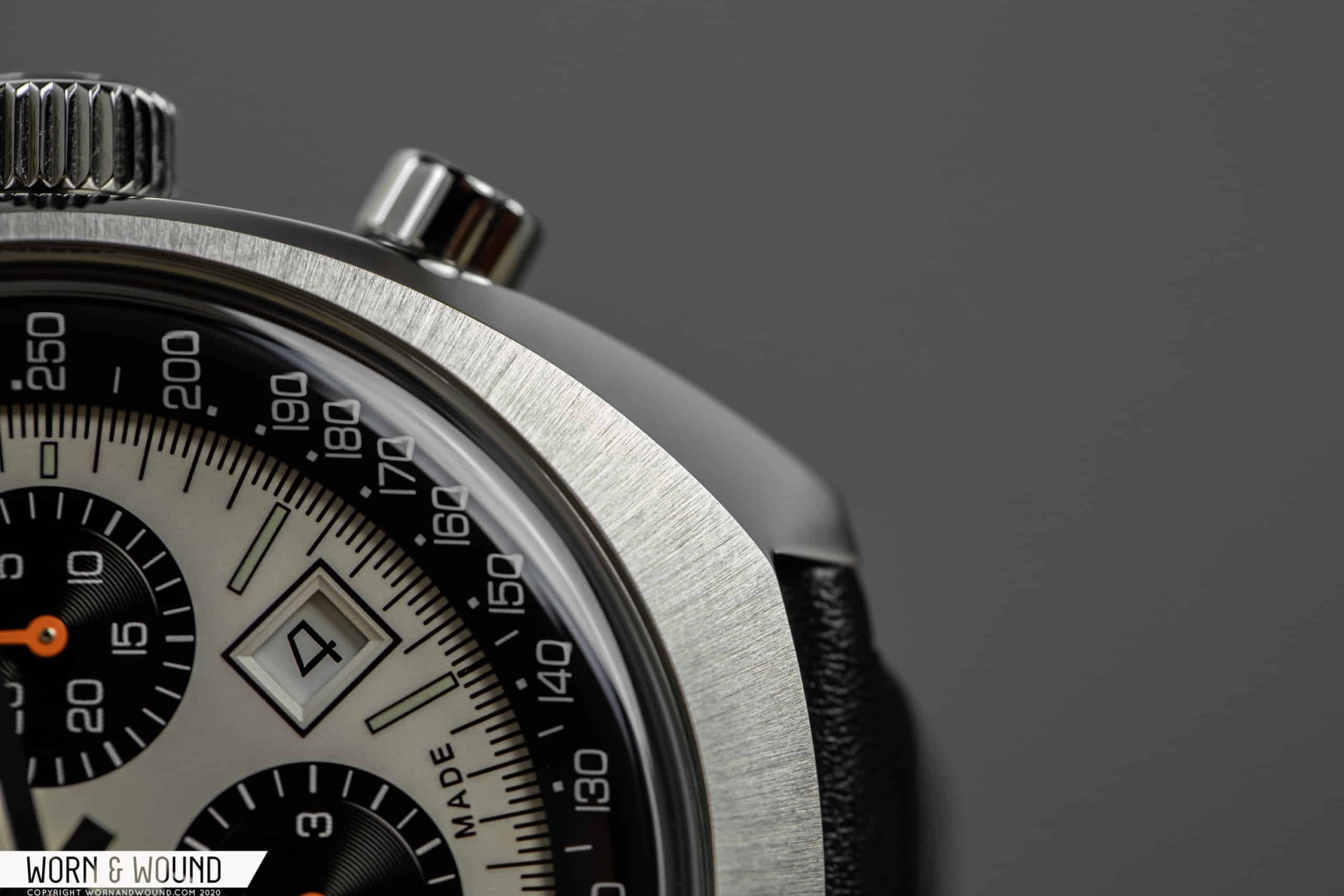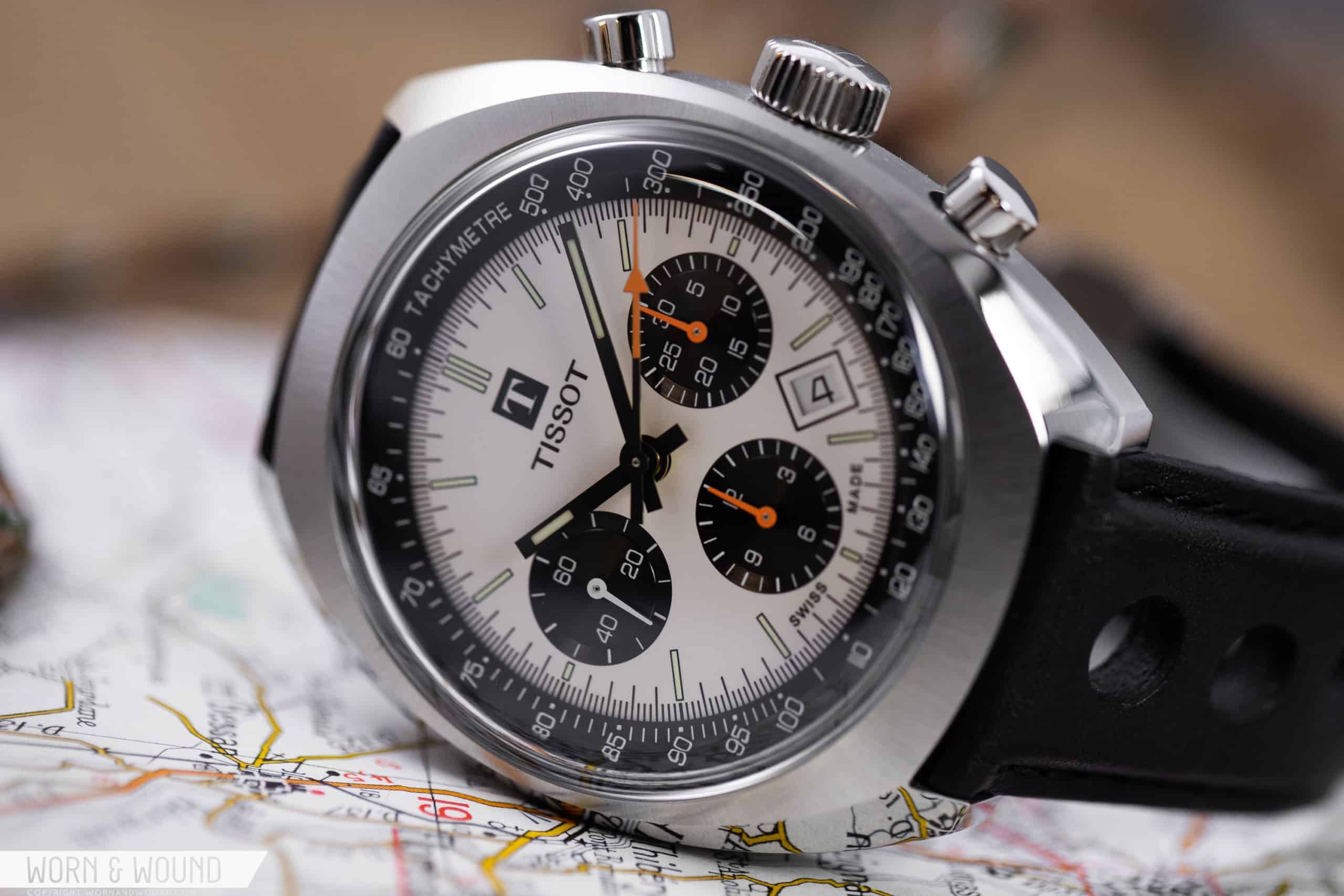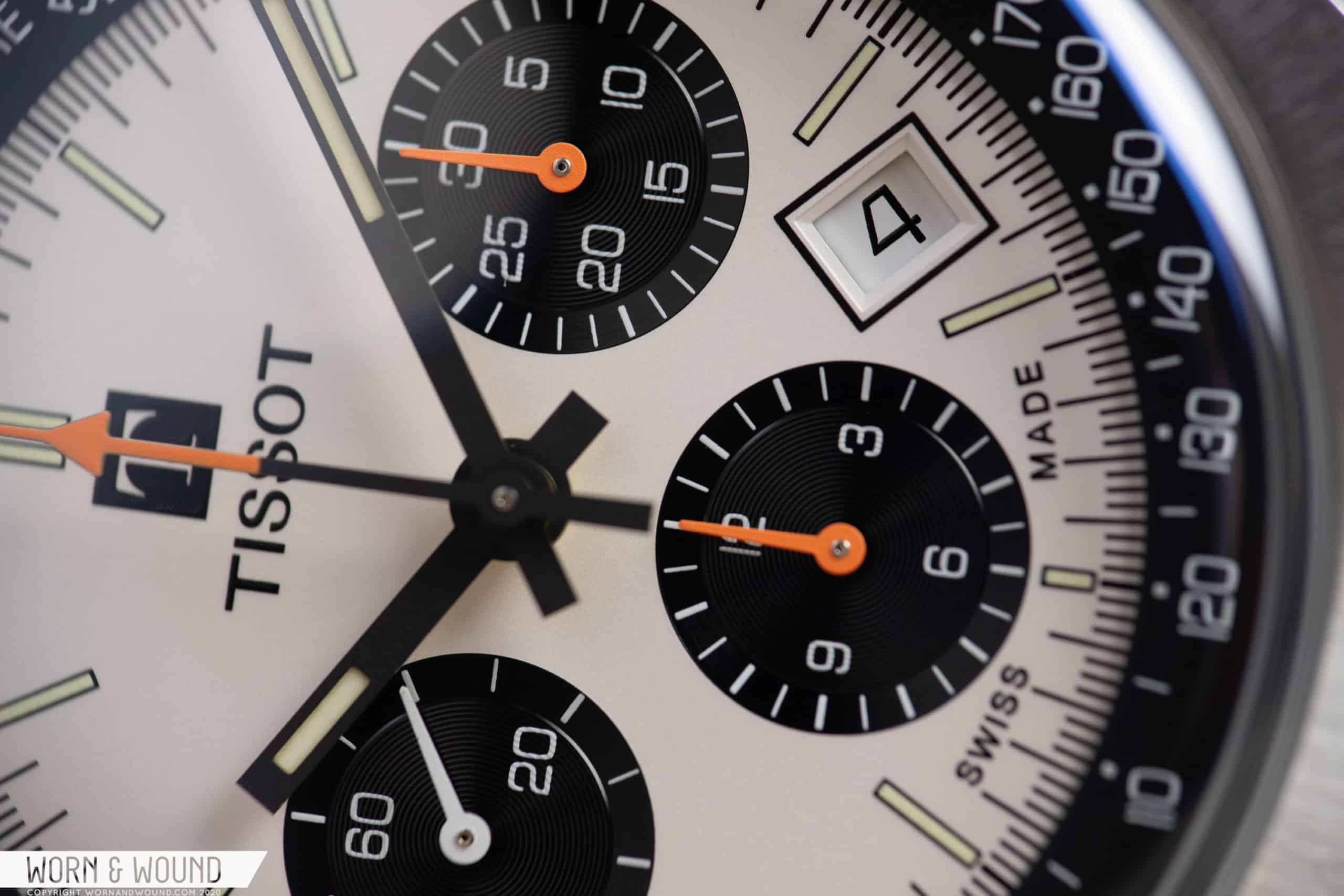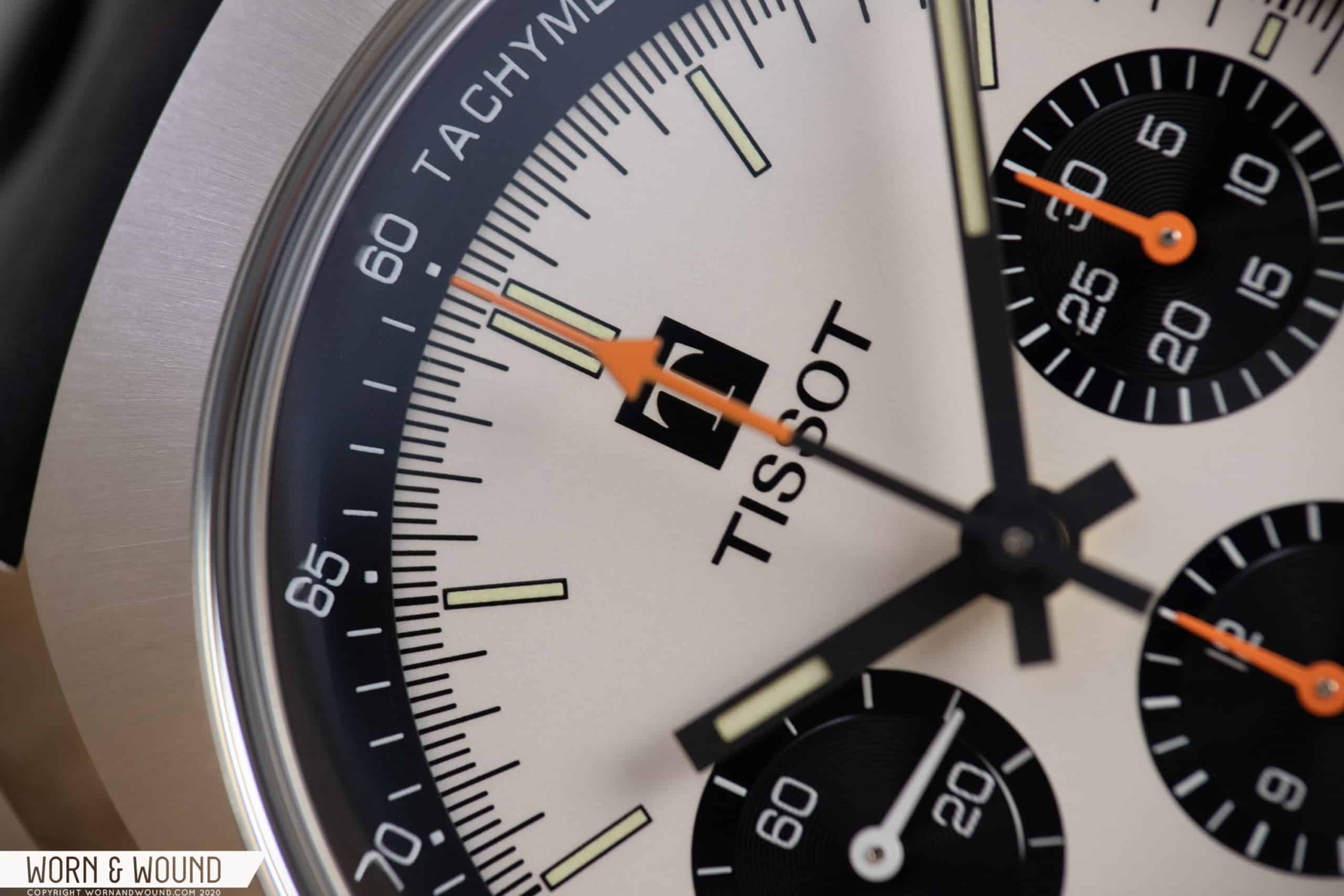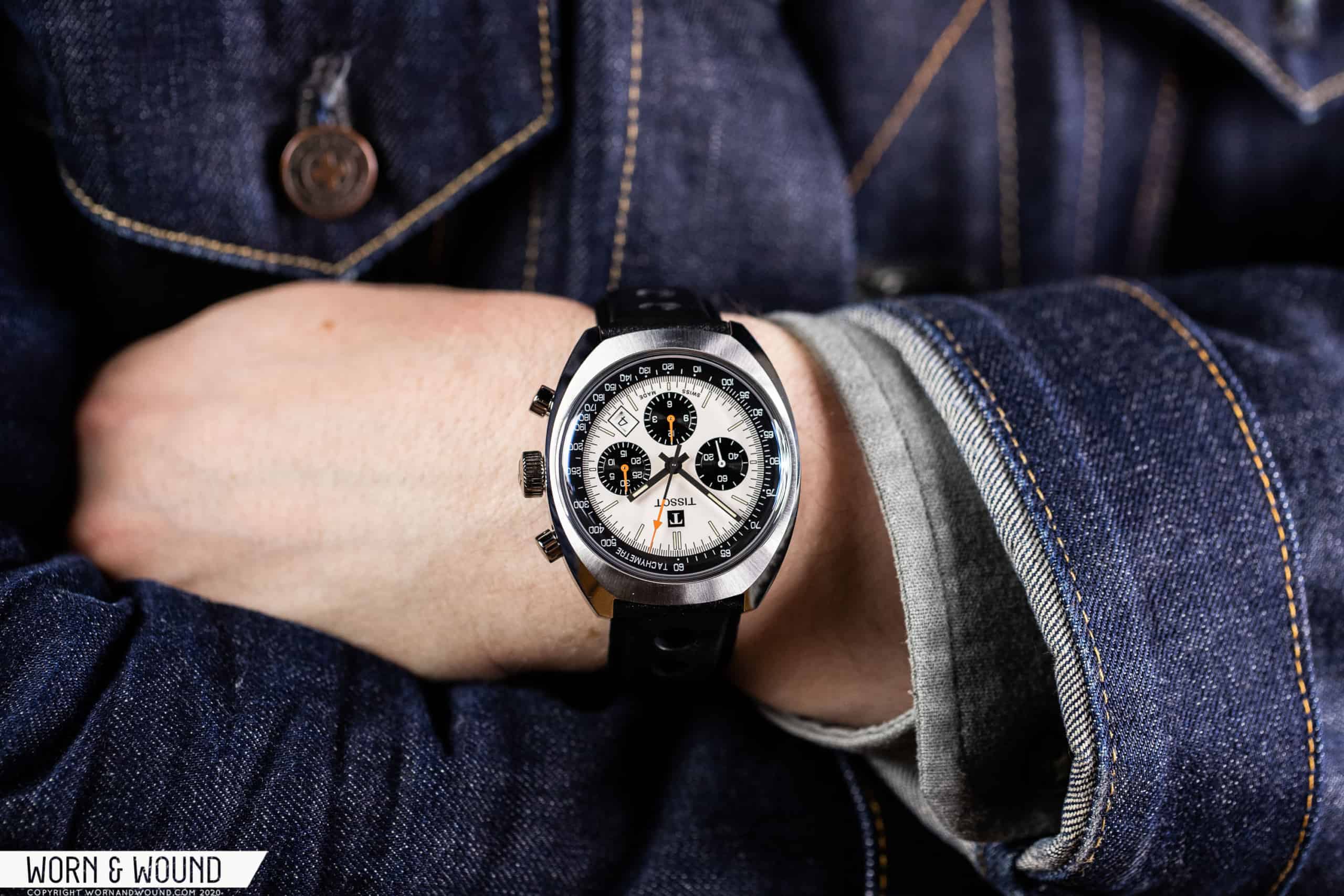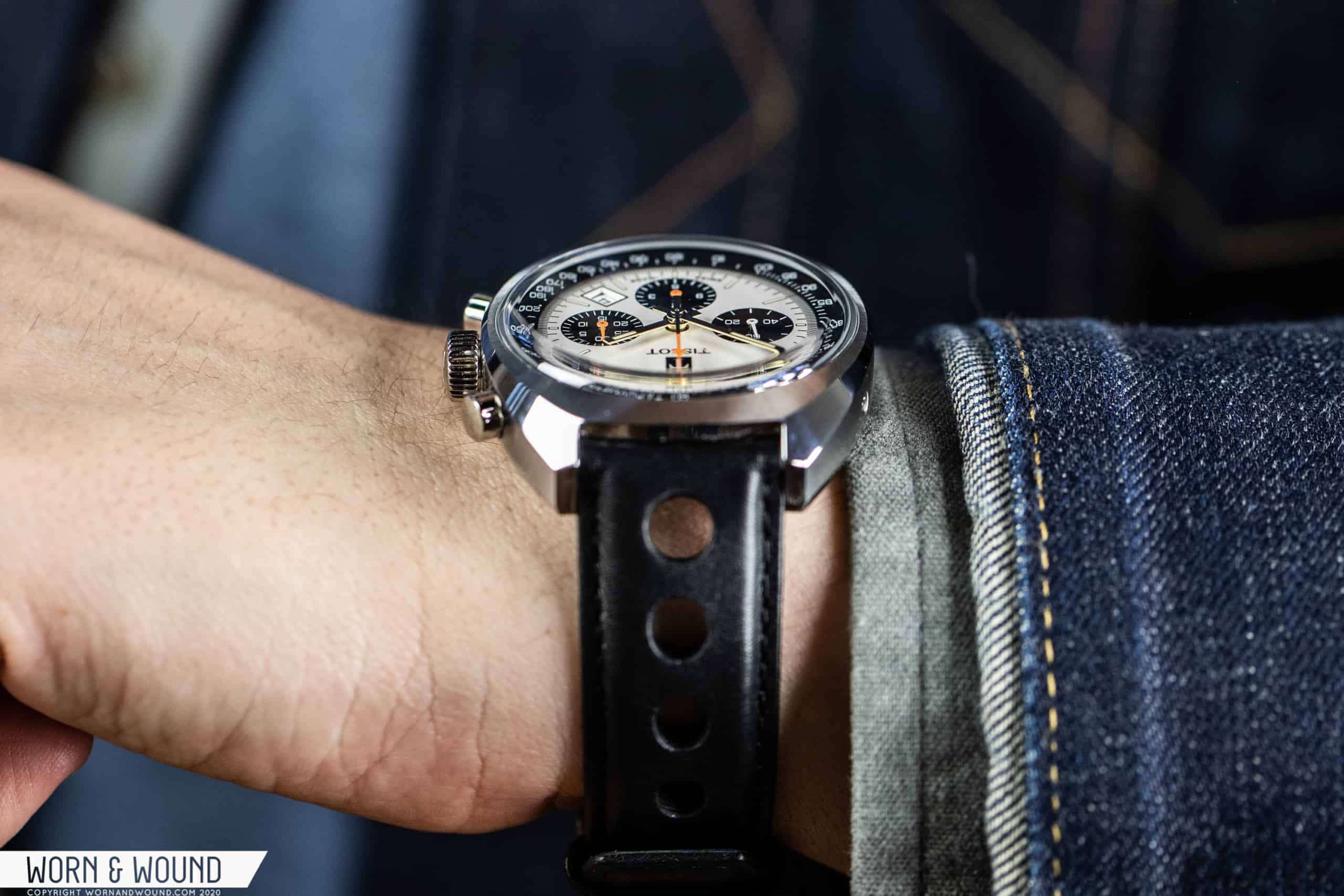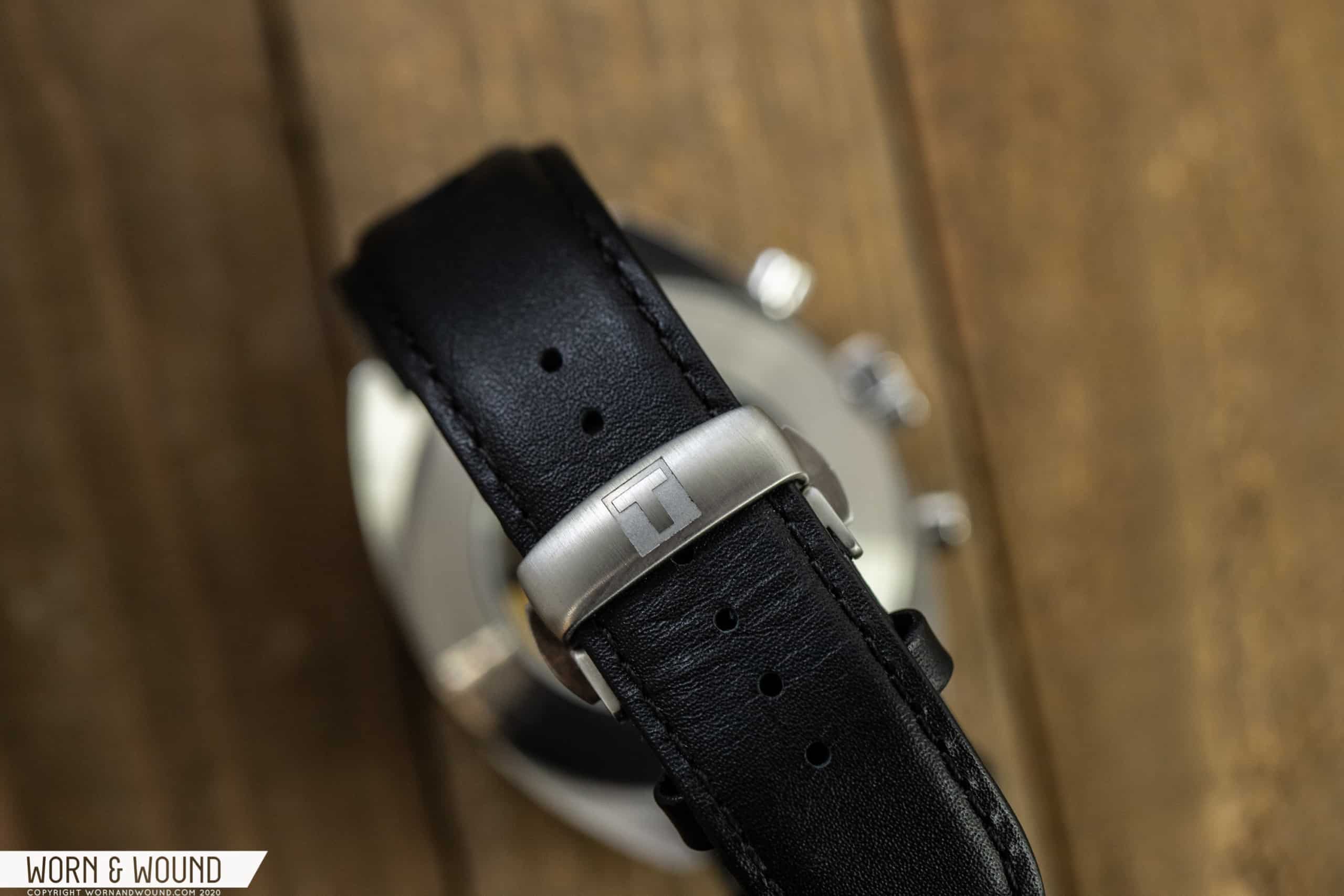Few objects transport you to another time and place like a watch. This, of course, is no secret to watch lovers – we’re keen to seek out watches from the past to make that connection to a world we may have never known. It’s the same uncanny feeling you get when opening an old book that hasn’t had the spine cracked in decades, or when you find yourself sorting through your own boxes of accumulated junk during the annual round of spring cleaning, or ahead of a move. Photographs, old articles of clothing, compact discs bought with hard won money from a summer job decades ago, unplayed for who knows how many years. These things are little caches of memory that worm themselves into the brain and temporarily provide us with a mental vacation from whatever mundane task is currently at hand.
This, ultimately, is the reason so many watch brands have reverted to old designs in the last decade. For a variety of reasons outside the scope of this Hands On, we’re hungry for nostalgia, and want to connect with the past. The Tissot Heritage 1973 Chronograph is a modern watch, made with modern materials, for a modern customer, but it exists, I think, for one reason and one reason only: to make us feel like we’re in the pit of an F1 race in the early 70s.
What? You were never in the pit of an F1 race in the early 70s? This hardly matters. Strap the watch on, actuate the chronograph, and, Tissot hopes, you feel like your life could have been led on some other timeline.









 Featured Videos
Featured Videos




